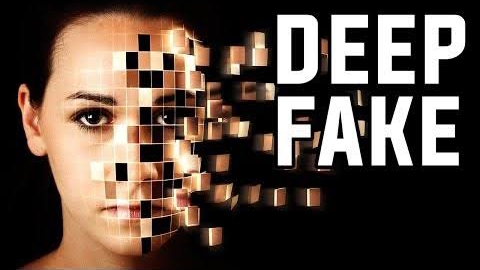MUMBAI, 21 NOVEMBER, 2023 (GPN): Even as the Delhi Police registered an
FIR at the Special Cell police station
in connection with the deepfake AI-generated video of actor Rashmika
Mandanna, the questions being asked are, how were these deepfakes created and is there a way to protect oneself?
Srijan Kumar, a computer scientist and assistant professor at Georgia Institute of Technology, says generative AI models have reduced the cost of producing high-quality content, both good and bad.
“Now, bad actors can easily create realistic-looking,but entirely fabricated, misinformative content,” he points out. AI digital tools enable manipulation
on a previously unimaginable scale.
“There have always been fake images, but now they can now instantly target a
huge number of potential victims in a short amount of time,” says Srijan.
Diffusion models Making matters worse
is the Diffusion model, a new AI tool that allows tech-savvy predators to
simply exploit real-life photographs from the Internet, including shots
displayed on social media sites and personal blogs, and re-create them into
almost anything.
“These AI-generated visuals have
the ability to undermine any tracking systems that ban such content from
the web. Because of the system disturbance, determining whether an
image is real or created by AI is nearly impossible,” says Srijan, who was
honoured with the ‘Forbes 30 under 30’ award for his work on social medsafety and integrity.
Diffusion models are trained to generate unique images by learning
how to de-noise, or reconstruct. Depending on the prompt, a diffusion
model can create wildly imaginative pictures based on the statistical
properties of its training data within seconds.
“Unlike in the past, when individual faces had to be superimposed, not much technical knowledge is required now. The diffusion model may quickly generate many images with a single
command,” Srijan explains.
Stable diffusion
Stable Diffusion is the most adaptable AI picture generator and is completely open source. The deep generative
artificial neural network is believed to represent a substantial leap in image
synthesis, unlike previous text-to-image models such as DALL-E & Midjourney, which were only ava ilable through
cloud services.
Authorities in the West feel that Stable Diffusion is what unscrupulous people rely on to generate the pictures they desire. So, do we have detection
and mitigation solutions?
“There are several, but they are preliminary and do not account for the
many types of generated information,” says Srijan.
One major challenge is that as new detectors are developed, generative
technology evolves to incorporate methods to evade detection from
those detectors.
Exploiting the unwary “The majority of
deepfake on the internet is pornographic and exploits non-consenting women,” says Nirali
Bhatia, a Cyber Psychologist and TEDx
speaker recognised for studying online behaviour and treating victims of
cybercrime. “As the name implies, it is a forgery that can have serious
consequences for one’s reputation,” she says.
According to research, deepfakes have an impact on both the conscious and
subconscious minds. “Deepfake video victims typically face criticism and distrust. They have the potential to influence our perceptions of others
and cause trust issues,” she says, adding that a deepfake is a hyper- realistic digital version of a person that can be
manipulated into doing or saying anything.
Noting that deepfakes are increasingly being used to harass and intimidate public figures and activists, as well as
to harm those in business, entertainment and politics, Nirali says,
“AI is now making it difficult for us to
distinguish between the real and the fake. It is critical that we disregard
the adage ‘seeing is believing,’ because in cyberspace, you cannot believe what you see.”
Anand Mahindra shared an Artificial Intelligence-bgenerated (AI) deepfake
video to warn people about the dangers of such content.
In order to combat
deepfakes we must:
1 Educate ourselves
2 Verify the source
3 Use reverse image search
4 Cross-verify the video content with
reliable sources before letting it alter perception or make a judgment
“These AI-generated visuals have the ability to undermine any tracking
systems that ban such content from the web.Because of the system disturbance, determining whether an image is real
or created by AI is nearly impossible. The need of the hour is to create
defence tools, just like anti-virus and anti- malware software and deploy on end user devices.” Srijan Kumar,
computer scientist.
AI is now making it difficult for us to distinguish between the real and the fake. It is critical that we disregard
the adage ‘seeing is believing,’ because in cyberspace, you cannot believe what you see says Nirali Bhatia, Cyber Psychologist and TEDx speaker.Ends


Be the first to comment on "The deepfake threat: A Crisis"